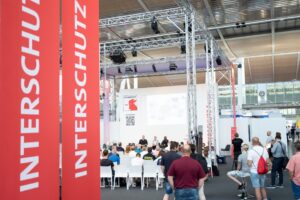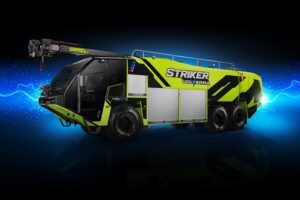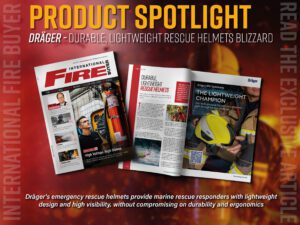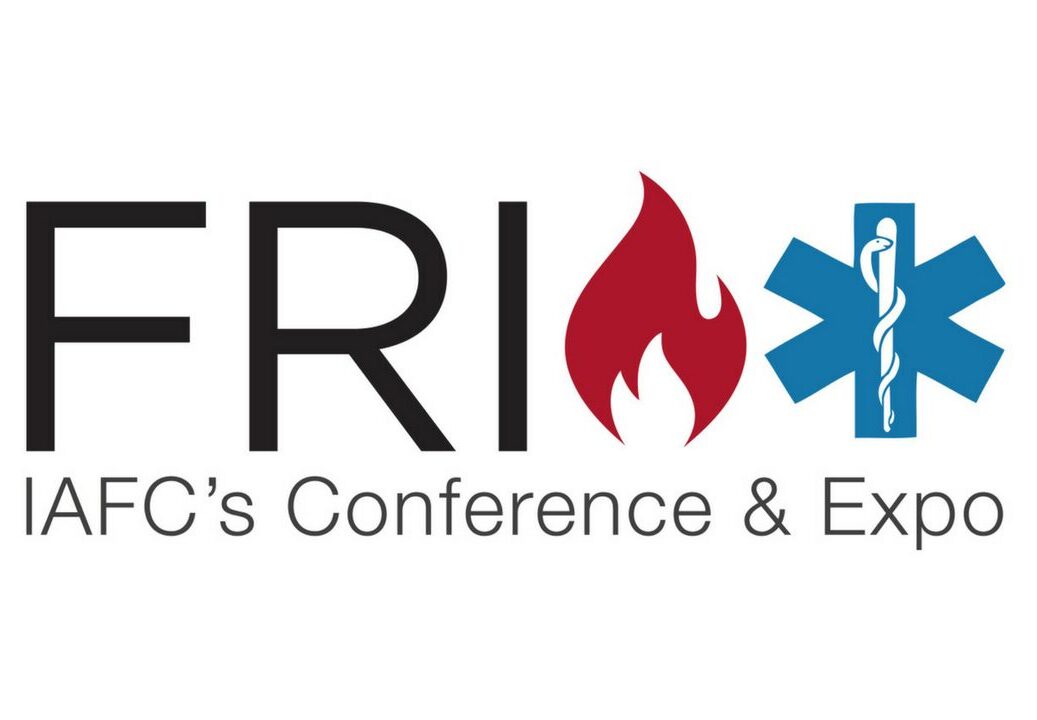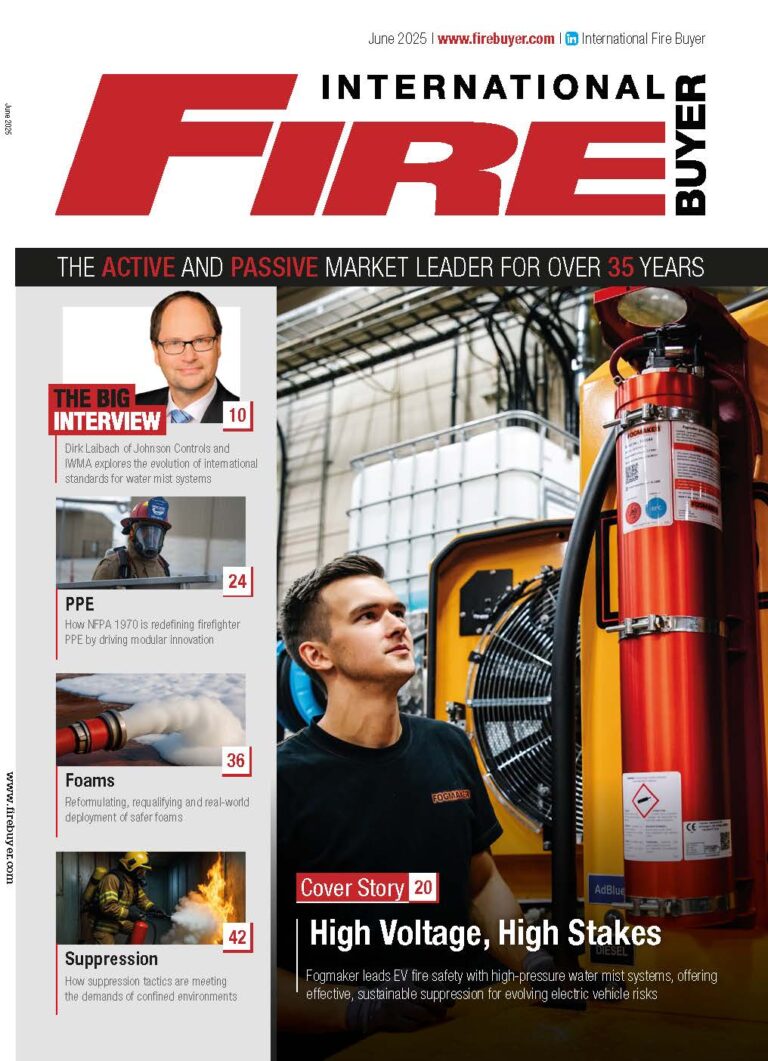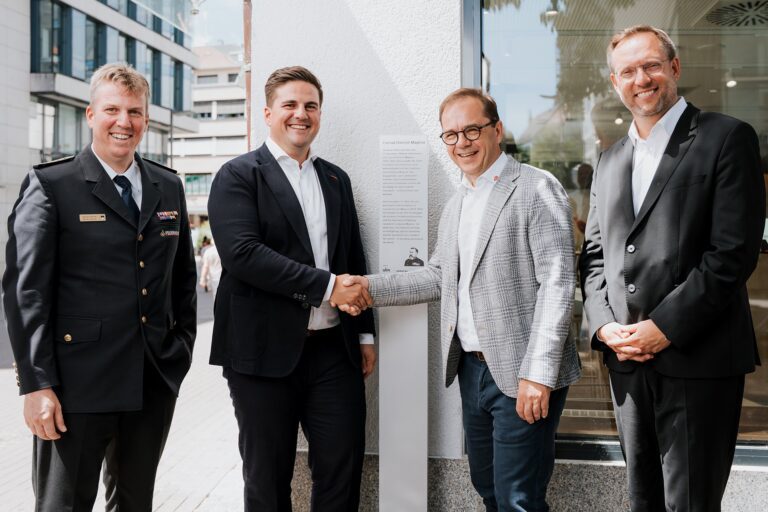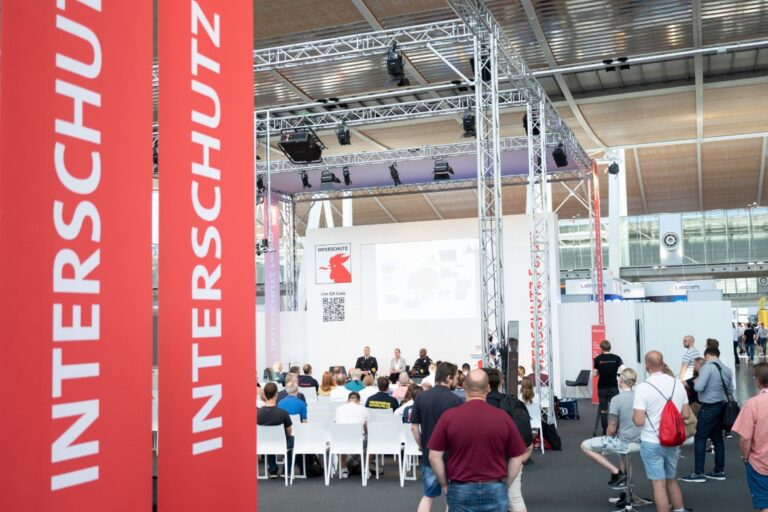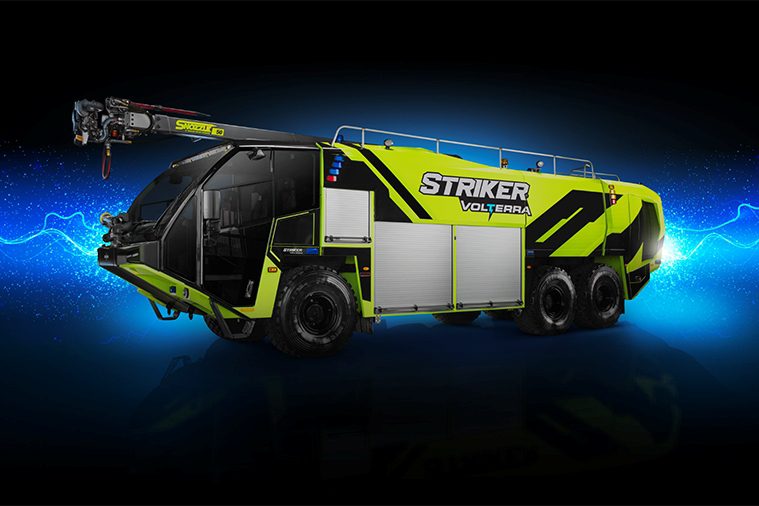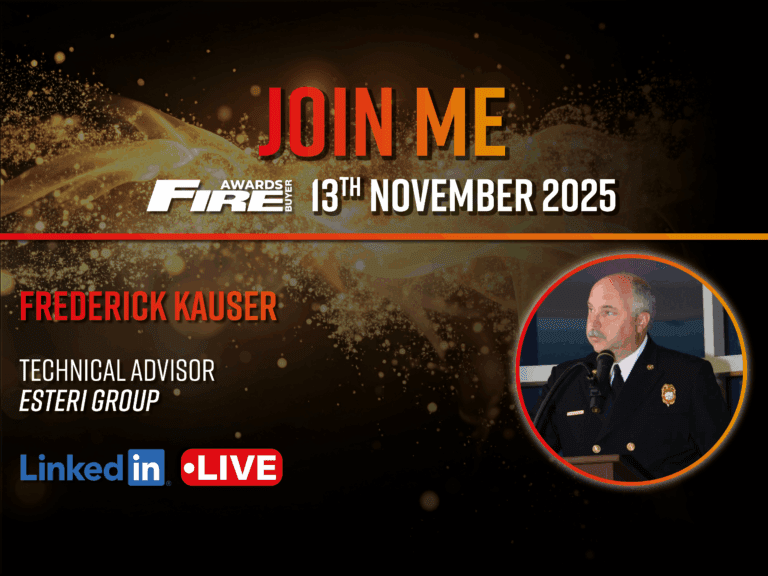Less noise at the accident scene
LUKAS eDRAULIC relieves both patients and rescuers
In recent years, the focus on methods and tactics in rescue has shifted more and more to the accident victim. As a result, rescuers already establish both eye and speech contact with the patient during their initial assessment of the accident site, and they maintain this contact throughout the entire rescue operation.
These efforts to calm the patient help reduce stress and minimise the psychological impact on the patient. All rescue activities should always be performed with the least possible impact on the patient.
Interference from noise
Marc Bigalke, medical director of rescue services for the city of Amberg/Germany and emergency physician, confirms that noise in particular is one of the unwanted side effects of rescue operations. Loud power units make communication more difficult, not only with the patient but among the rescuers as well.
The use of low-noise rescue tools helps reduce these undesirable disturbances to the minimum necessary level. Both rescuers and patients profit from the resulting improvement in teamwork and communication.
Quieter rescue
With the eDRAULIC series, LUKAS probably offers the quietest rescue tools, and the safest ones for patients. The tools operate with electricity and generate sound immission only when they are in use. If the eDRAULIC tool is not in use, it is absolutely quiet.
So you have a role in making rescue safer for your patients


